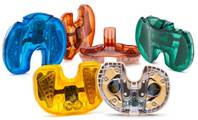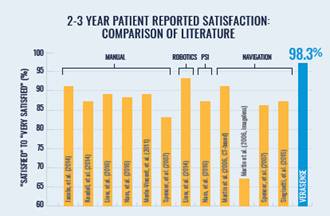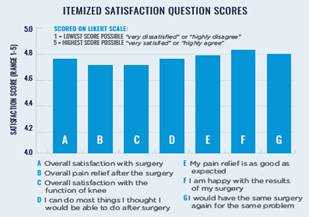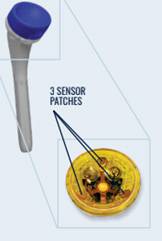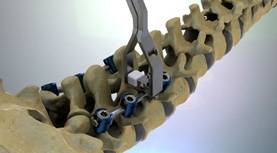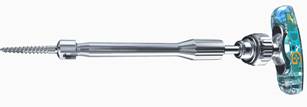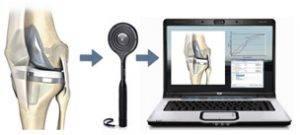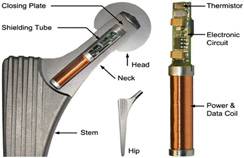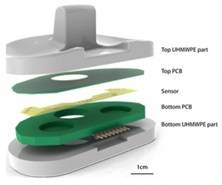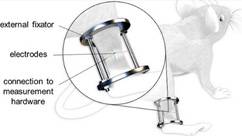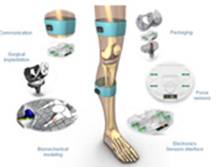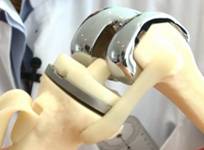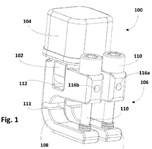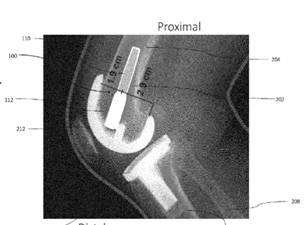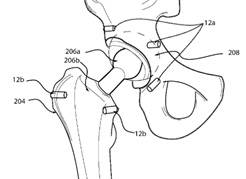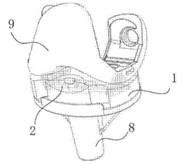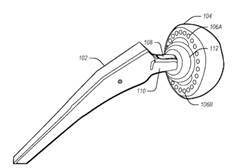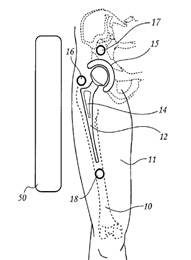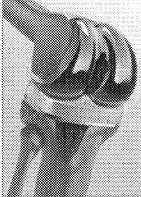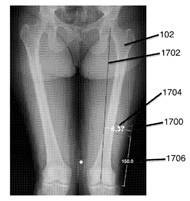Introduction
Osteoarthritis of the knee and hip is one of the most common musculoskeletal pathologies among the people from middle age to old age. Advances in surgical techniques and materials have enabled complete joint replacements for knees and hips. However, all friction surfaces in orthopaedic implants experience load dependent wear that ultimately limits the useful lifetime of the device. Total Knee Arthroplasty is a common procedure with low complication rate; however, postoperative joint biomechanics can affect range of motion, implant survival rates and long-term outcomes. These factors depend, in great measure, on the surgical technique and implant design.
Orthopaedic implants are usually passive and effect of implant on the body can only be forecasted. But what if implants could tell whether recovery is going according to plan or the care needs to be adjusted? The answer is “SMART Implants”. Smart implants are the devices that can provide diagnostic capabilities along with therapeutic benefits. Smart implants have embedded sensors that provide real-time information to surgeons for positioning of the implant during the surgical procedure as well as post-operative evaluation for better patient care throughout the treatment pathway. Smart implants have the potential to reduce periprosthetic infection, which is a growing problem in orthopaedic practice. The integration of smart orthopaedic implants into daily clinical practice will provide immense cost savings to the health care system by reducing expensive complications, speed up the recovery and reducing readmissions. Also, data from smart implants can contribute to refinements in implant design, surgical technique and strategies for postoperative care and rehabilitation.
Smart orthopaedic implants find applications in knee arthroplasty, hip arthroplasty, spine fusion, fracture fixation, infection detection, early dislocation detection, bone ingrowth measurement, spine fusion detection, fracture healing measurement, early detection of osteolysis, etc. While technology underlying the smart implants has improved over the last several decades, significant technical challenges continue to exist which need to be overcome before smart implants become part of mainstream health care.
Technologies
A few interesting products in the smart implants area are presented below.

